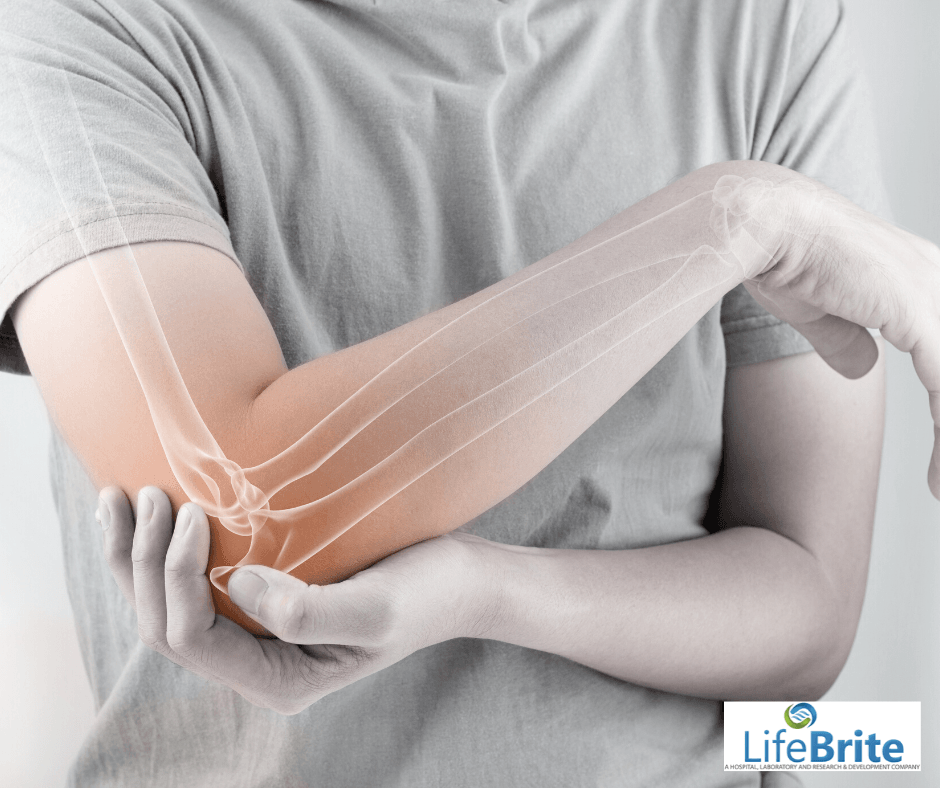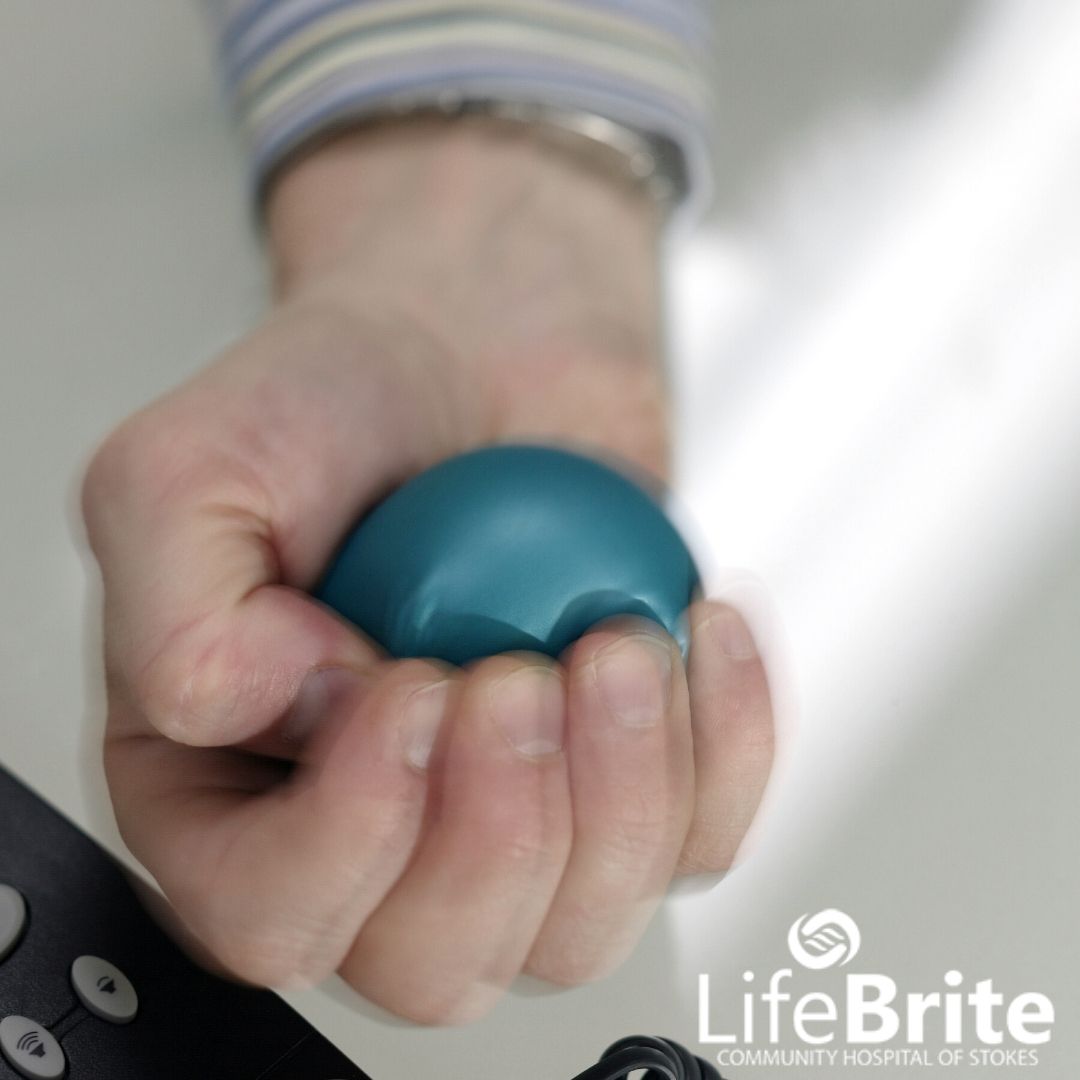
Tennis elbow, called lateral epicondylitis in the scientific field, is a painful condition that many assume comes from just playing tennis. However, tennis elbow affects many people and not only those who play tennis. Tennis elbow is an irritation of tendons that are around the bend of the arm. The muscles around the elbow are overused from having to perform the same motion repeatedly and become weak and stressed. These muscles cause ligaments around the elbow to develop small tears.
Tennis elbow isn’t just from tennis
Tennis elbow can affect those who work in offices due to constant typing. It can also occur in those who make repetitive motions such as those used in painting and plumbing. Tennis elbow can affect those who play tennis and other racket sports such as golf or pickleball, especially if they play these sports with bad or incorrect forms.
There are several factors that can play a role in developing tennis elbow. Age is one such favor as tennis elbow often occurs in those who are between 30 and 50 years old. Improper form during the repetitive motion and previous injuries are also factors that can cause tennis elbow to develop.
Relief from tennis elbow through medical intervention
Tennis elbow is a painful condition, and there are multiple options for those who are looking to find tennis elbow treatment and live a life free of elbow pain. There are several medical treatments for tennis elbow. Ultrasonic tenotomy, which is the process of sucking the damaged tendon out, is a medical procedure for those with especially bad cases of tennis elbow. A doctor inserts a needle into the tendon, and then the ultrasound vibrates the tendon, which causes it to be liquified. From there, the ligament can then be removed.
Relief from tennis elbow through non-medical intervention
There are also non-medical options available for the treatment of tennis elbow. These options are typically done at home, and you can do them without the supervision of a doctor.
For starters, you should rest your arm. Tennis elbow is caused by repetitive movement, so taking a break from that activity can help. Ice is another great option. Ice not only reduces the pain, but ice also causes blood vessels to constrict, which helps reduce swelling. You could also take over the counter pain reliever such as ibuprofen, naproxen, or aspirin, to help with pain and swelling.
LifeBrite Community Hospital of Stokes offers relief from tennis elbow through therapy
The highly trained therapists in the Physical and Occupational Therapy Department at LifeBrite Community Hospital of Stokes work to help reduce pain from tennis elbow. Tennis elbow treatment can vary from person to person depending on the severity of the injury. Our therapists provide education and treatment to provide optimal care to their patients.
Tennis elbow is a painful condition that can keep you from doing something that you enjoy. If you would like to try physical therapy for your tennis elbow pain, talk to your doctor today.
Learn more about LifeBrite Atlanta-based LifeBrite, led by CEO Christian Fletcher. LifeBrite Hospital Group operates LifeBrite Community Hospital of Early, LifeBrite Community Hospital of Stokes, and Lifebrite Laboratories. To learn more about what LifeBrite Hospital Group is doing to make healthcare better, visit our homepage.





